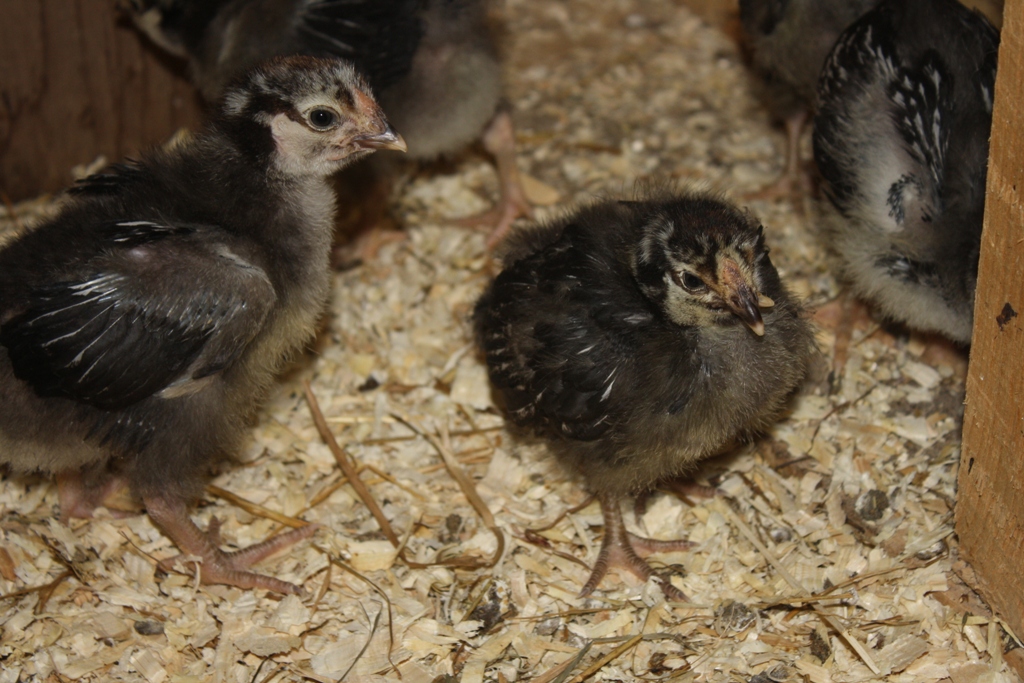Just before six o’clock, the rumble of a large truck slowing down in front of our house jerks me into full wakefulness. I know what it means, haven’t wanted to believe it is going to happen, know there is nothing I can do to stop it.
The truck, hauling a long trailer, turns onto the unmaintained side road that runs alongside our property. On the trailer is a large machine with a great steel arm stretched out to the taillights. As the truck lumbers up the lane where I walk the dogs, I see the business end of that arm and know exactly the purpose of that huge, serrated disc: to cut down everything in its path.
So a company is logging a small woodlot behind our home. The extensive woods beyond our 72 acres are owned by several different individuals as well as this company. One of them logged further back a few winters ago and while the decimation was hard on the eyes, it didn’t cause the physical ache inside me like this does: It’s summertime. Birds and fawns, fox and bears, insects and wildflowers, squirrels and bees are at home in those woods. It’s a busy ecosystem in the summer. More than a deer yard is affected by the arrival of that monster.
What is it with the human compulsion to dominate, desecrate and destroy? We seem utterly unable live in harmony with nature, insistent that our needs trump any ecosystem, any lesson from the past or any consideration of the future. Not even a moment’s acknowledgement of what is about to happen as that huge disc of death is pressed against the first tree trunk.
As the truck disappears into the lush, green, unsuspecting woods behind our home, I grab my yoga mat, roll it out on the shady deck off the bedroom and stand there, breathing in, breathing out.
Looking at what is always in front of me and around me and above me: Trees.
Trees create oxygen out of the carbon dioxide we breathe out. They clean the air we breathe. We live in a symbiotic relationship with trees yet we tear them down as if our existence wasn’t absolutely dependent on theirs.
One mature leafy tree produces in a season enough oxygen for ten people to breathe. In two weeks the wood lot behind our house will be flattened. Two weeks to decimate what took fifty years to grow. Doesn’t it take your breath away?
Moving to the country and writing about rural life and hearing stories from people who have lived here for generations has awakened me to the reality that this is where we all began and this is where we will all end – sooner than later. This is where the barns are disappearing, leaving barn swallows without a home; this is where we dump chemicals on blueberry fields without worrying about what happens down river; this is where we level our woods, leaving birds and animals and insects without habitat, humans with fewer air purifiers.
We think the air and the water and the soil is ours to command and control, to use and use up. This is our human folly and it will be our downfall. I state that as a foregone conclusion since -- let’s face it -- we know nothing is going to change. I’m as guilty as any consumer, as any company that puts price and profit before that which provides us with everything we need: air, water and soil. We know we are hurting the environment, and ultimately ourselves, yet we refuse to make the sacrifices, the choices, that will make a difference. We buy boats instead of solar panels and campers instead of personal windmills. We clear cut because people want their cords of wood as cheap as possible. We buy meat packaged in Styrofoam and plastic wrap because it’s convenient. We pollute the air and the water and the soil because we believe we are invincible. We close our eyes and refuse to see what is right in front of us.
Standing on a deck constructed of pressure-treated wood, on a rubber yoga mat, breathing in the scent of the grass my husband was cutting with a gas-powered ride-on lawn mower, I take the only action an arrogant, all-consuming, doomed human being can: I put my palms together, bowed towards those mature leafy trees and say, “Thank you. And, I’m sorry.”
The spirit world is connected to the world of breathing creatures.
An old man can’t be too happy about his afterlife.
If his soul should choose a tree after it has left his body, what will become of it?
What future does a tree have nowadays?
-- Chief Dan George







































